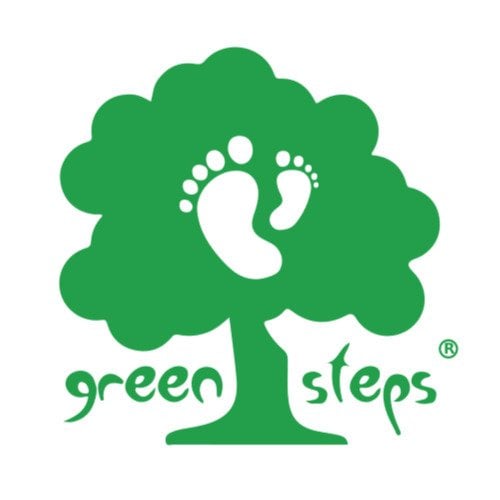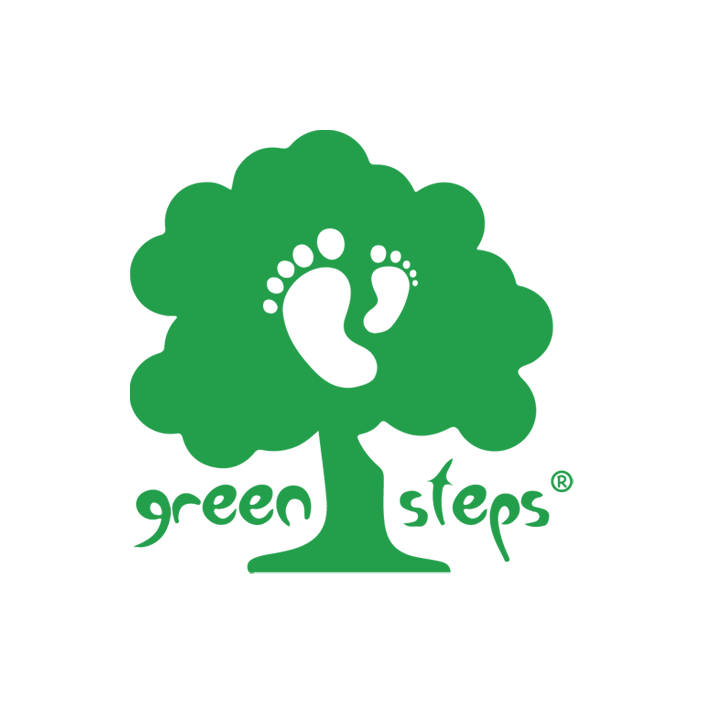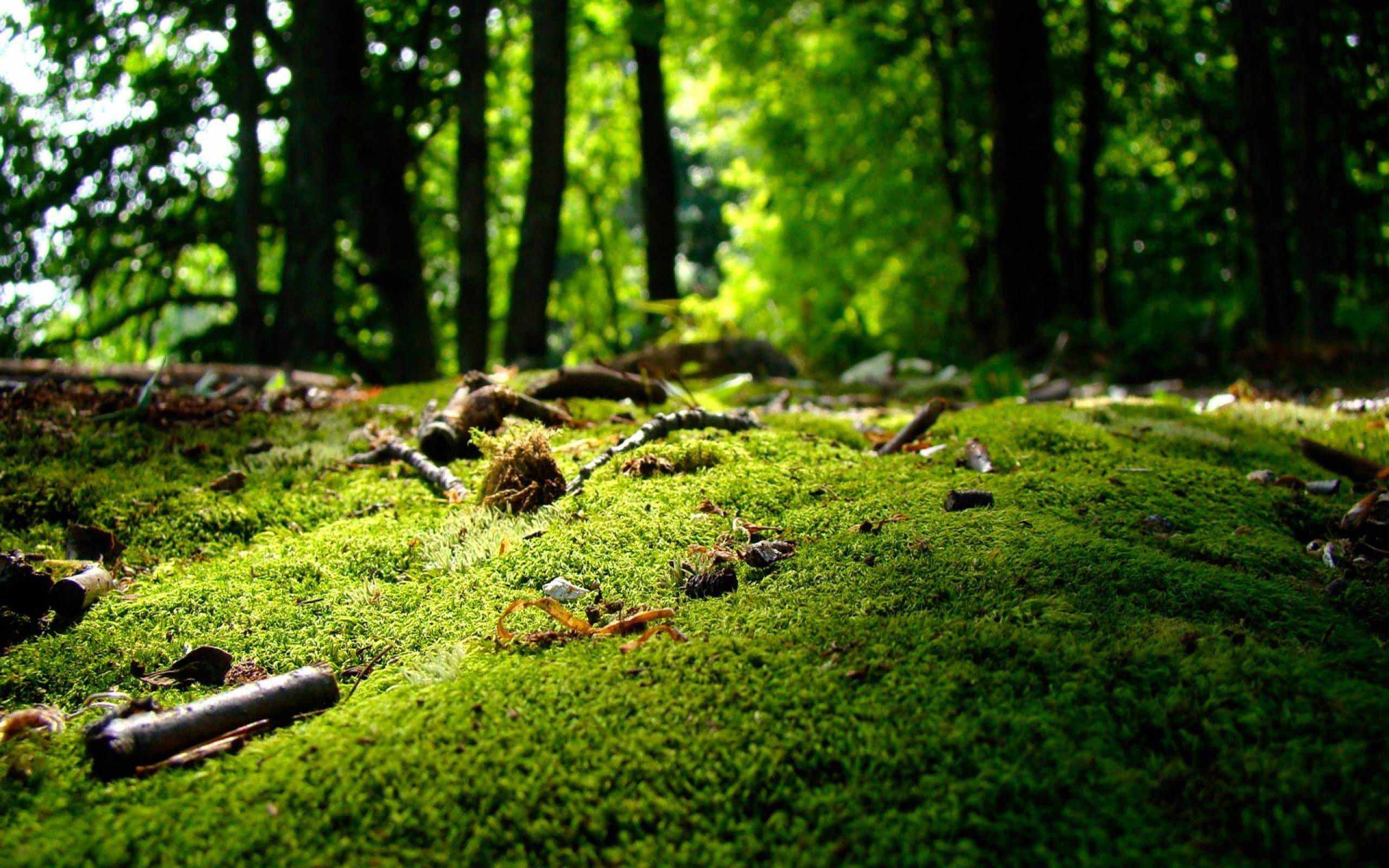Author:
Merlin Mayer
Short summary:
What is the Green Steps Nature Guide training and how does it work? This article reviews the first edition of this course that was held in Europe and explains the concept behind the training that was designed by Green Steps.


What you see in this picture are three proud Green Steps employees who just completed their nature guide training facilitated by certified Montessori-teacher and Green Steps Nature Guide trainer Knut Wimberger. Starting in October last year, we learned about the irreplaceable value of nature education in the modern world, how we need to change education as we know it and how innovative methods inspired by Maria Montessori’s teachings can help us achieve that.
Green Steps’ Nature Guide training is as much about the practical dos and don’ts of environmental education as about the bigger picture, i.e. why we so dearly need more people to acquire this skill. Each of the ten training sessions consists of theoretical input as well as hands-on tasks to engage the participants and foster a good understanding of the training’s learning aim. The theory ranges from the basics of pedagogy to the benefits of stimulating more than only one or two senses during the process of learning – a concept called multisensorial learning, that is central to the Montessori method and Green Steps’ idea of nature education. At the same time the future Nature Guides are tasked to plan an activity, which implements these concepts. In all nature education activities, there must always be a clear learning objective that can be achieved with the methods at hand.

Of course, the Nature Guide training does not only take place indoors. Our goal in environmental education is to use nature as our classroom, which is why also during the training we take the time to explore the outdoors, where vivid discussions can take place about how to facilitate an activity in a space that cannot be 100 per cent controlled like a school classroom – which is exactly what makes being a Nature Guide so exciting. You never know what to expect, when you head out into the woods. A rare animal sighting or a sudden change of weather can be a great learning opportunity. That is of course as long as you are properly prepared for an unexpected rainfall, which is part of your job as a facilitator.

Strengthening people’s connection to nature is essential if we want to stand a chance to find a sustainable solution to the climate crisis as well as the social crisis we are facing. That is why we are convinced that the world needs more Nature Guides. If you want to be part of the solution and also become a Nature Guide stay tuned and keep an eye out on our social media channels. There is going to be a public Nature Guide training later this Spring, which will cover the 10 sessions below and will be completed with an Nature Guide badge on your ARK profile.
Session 1: Overview & concept @ Museum Natur St. Pölten
Session 2: Pedagogical Foundation & Montessori Method
Session 3: Introduction to Practical Life
Session 4: Designing Practical Life Activities
Session 5: Introduction to Sensorial Activities
Session 6: Designing Sensorial Activities
Session 7: Pedagogical Tools 1
Session 8: Pedagogical Tools 2
Session 9: Practical Life best practice
Session 10: Sensorial Education best practice






